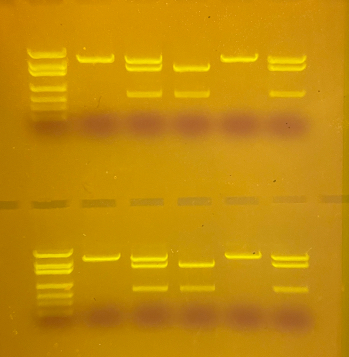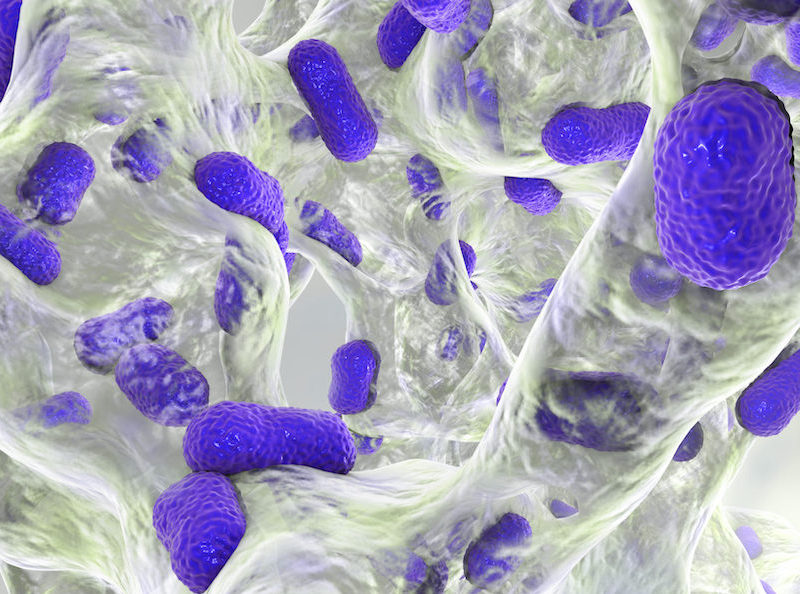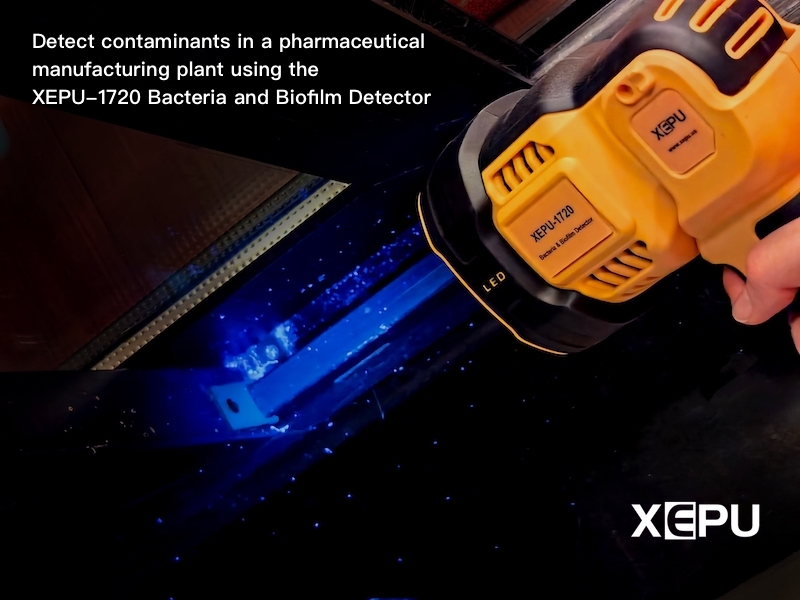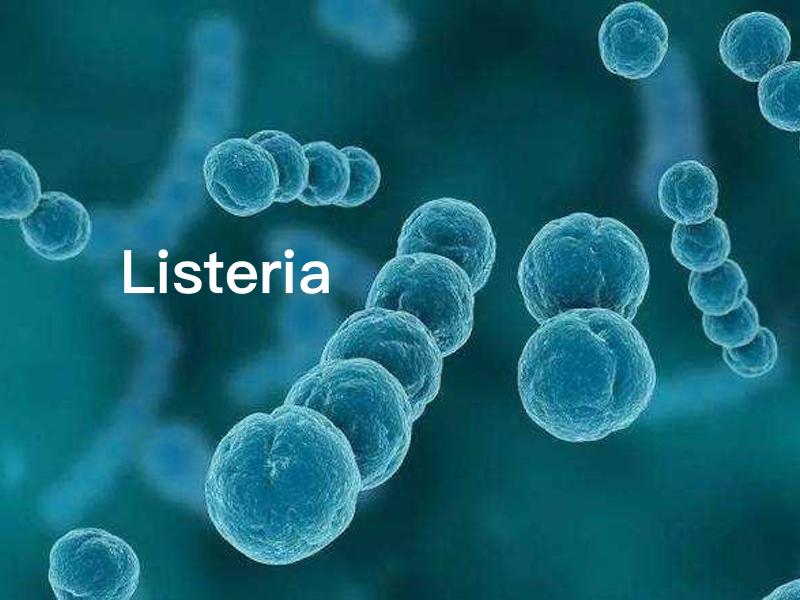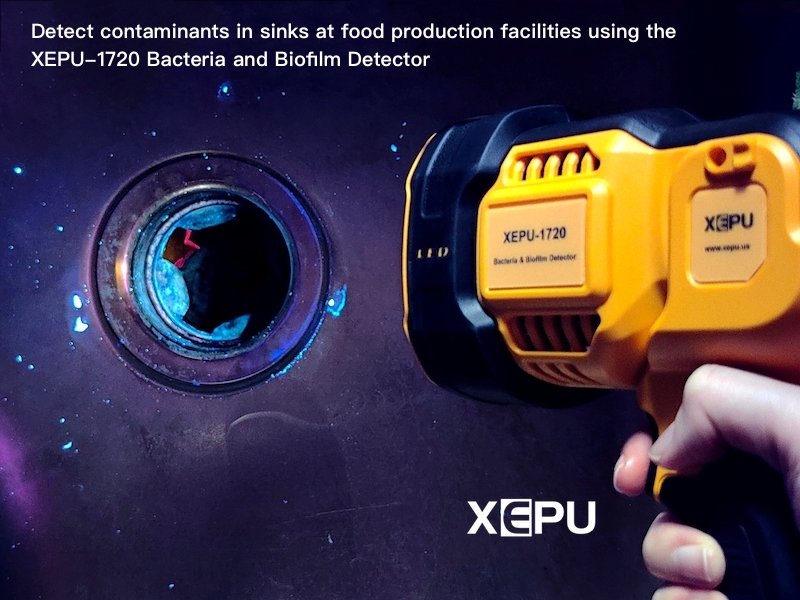Blue Light Transilluminator FAQ
Blue Light Transilluminator, also called Dual LED Blue/White Light Transilluminator or Blue Light Gel Imager, is commonly used for viewing DNA/RNA gels stained with new, safe fluorescent dyes. With intense and uniform blue light illumination, blue light transilluminator is excellent for a wide variety of fluorescent dyes which have an excitation wavelength of 465-470nm, such as SYPRO Orange, SYBR Green, Gel Green, etc.
In this article, we are going to answer some frequently asked questions about blue light transilluminators and help you to choose an ideal blue light transilluminator that best fits your lab.
Figure below: blue light transilluminator XEPU-1126B

What is the blue light transilluminator used for?
Blue light transilluminator is used for viewing DNA/RNA gels stained with new, safe fluorescent dyes.
What fluorescent dyes can be excited by blue light transilluminator?
Blue light transilluminator XEPU-1126B is applicable for a wide range of fluorescent dyes which have an excitation wavelength of 465-470nm, such as SYPRO Orange, SYBR Green, Gel Green, GelStar, fluorescein, Vistra Green. If you are not sure about the excitation wavelength of your fluorescent dyes, contact us for support.
Why blue light transilluminators?
Compared to traditional UV transilluminators, blue light transilluminators have many advantages:
● No harmful ultraviolet (UV) light radiation: Although UV light can effectively excite many fluorescent dyes, it is harmful to unprotected human body. In addition, prolonged exposure to UV light may damage DNA samples and affect their use in subsequent experiments.
● Longer lifespan: The XEPU Blue Light Transilluminator XEPU-1126B is equipped with high-performance LEDs, which have a lifespan of 50,000 hours, much longer than that of traditional ultraviolet light tubes. If you use a blue light transilluminator, there is no need to replace LEDs frequently, saving time and cost for maintenance.
What is the excitation light source of blue light transilluminator?
The XEPU Blue Light Transilluminator XEPU-1126B is equipped with two excitation light sources: blue light LEDs (470 nm) and white light LEDs (400-740 nm). The operator can easily switch between blue and white light using the wavelength selection button.
What is the difference between blue and white excitation light sources?
Blue and white excitation light sources are used in different applications. Blue light is used for fluorescently stained nucleic acid and protein gels while white light is used for colorimetric stained protein gels and chromogenically stained membranes.
What is the light intensity of blue light transilluminator?
The XEPU Blue Light Transilluminator XEPU-1126B allows the operator to adjust light intensity from 10% to 99%.
What protective meansures should I take when using blue light transilluminator?
Unlike UV light, blue light is not harmful to human. However, we strongly recommend that you strictly follow the safety instructions at your lab. Wear gloves and supplied glasses. Use the blue light transilluminator in a safe environment. Disconnect the power supply when not in use for a long time. Store in a dry, clean environment and avoid direct sunlight.
LEARN MORE: blue light transilluminator XEPU-1126B
